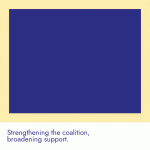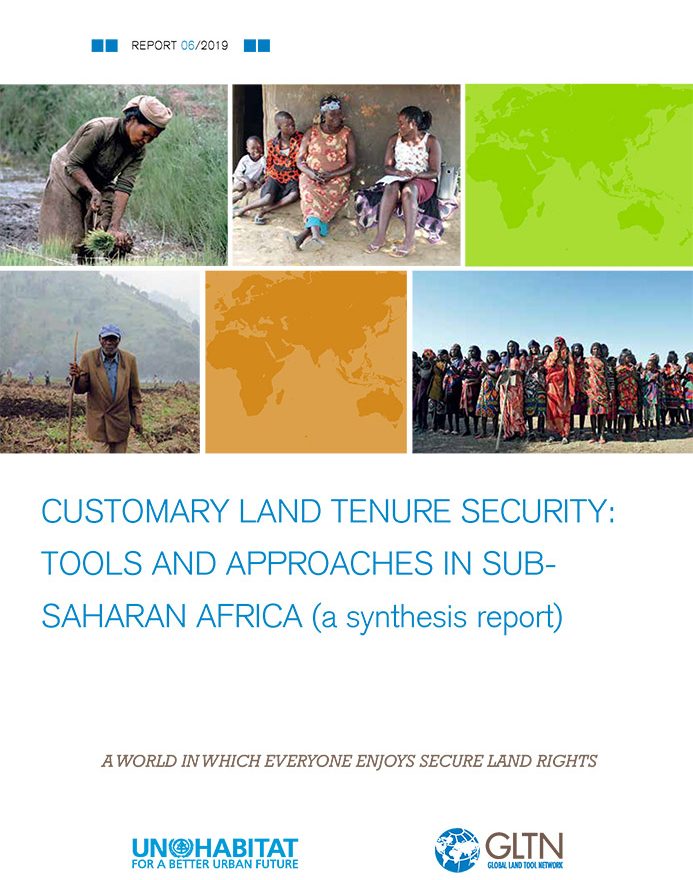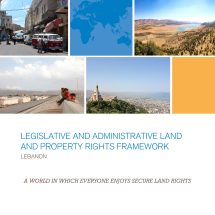This publication identifies, documents and analyses customary tenure security tools that are developed and/or delivered through customary governance systems, either as part of a statutory system, at the community level, or as a partnership between community and government structures or outside partners. The publication forms part of GLTN’s overall vision of tenure security for all and its aim to develop alternative tools that are more affordable for customary and group tenure systems as well as for conventional land systems. The report also helps to bridge
the gap between policy intention and the reality on the ground by supporting customary approaches in high-level events and making space for grassroots and vulnerable groups, such as women and young people to discuss their worldview.
The publication is intended for policy makers, land professionals and various stakeholders involved in land governance. It showcases the tools’ elements of best practices when managing customary tenure with some being outstanding especially when they rely on simple technologies to address localized problems as well as their weakness. It further analyses factors that can strengthen the tools to enhance scalability and applicability to strengthen tenure security for land under customary tenure and beyond.











